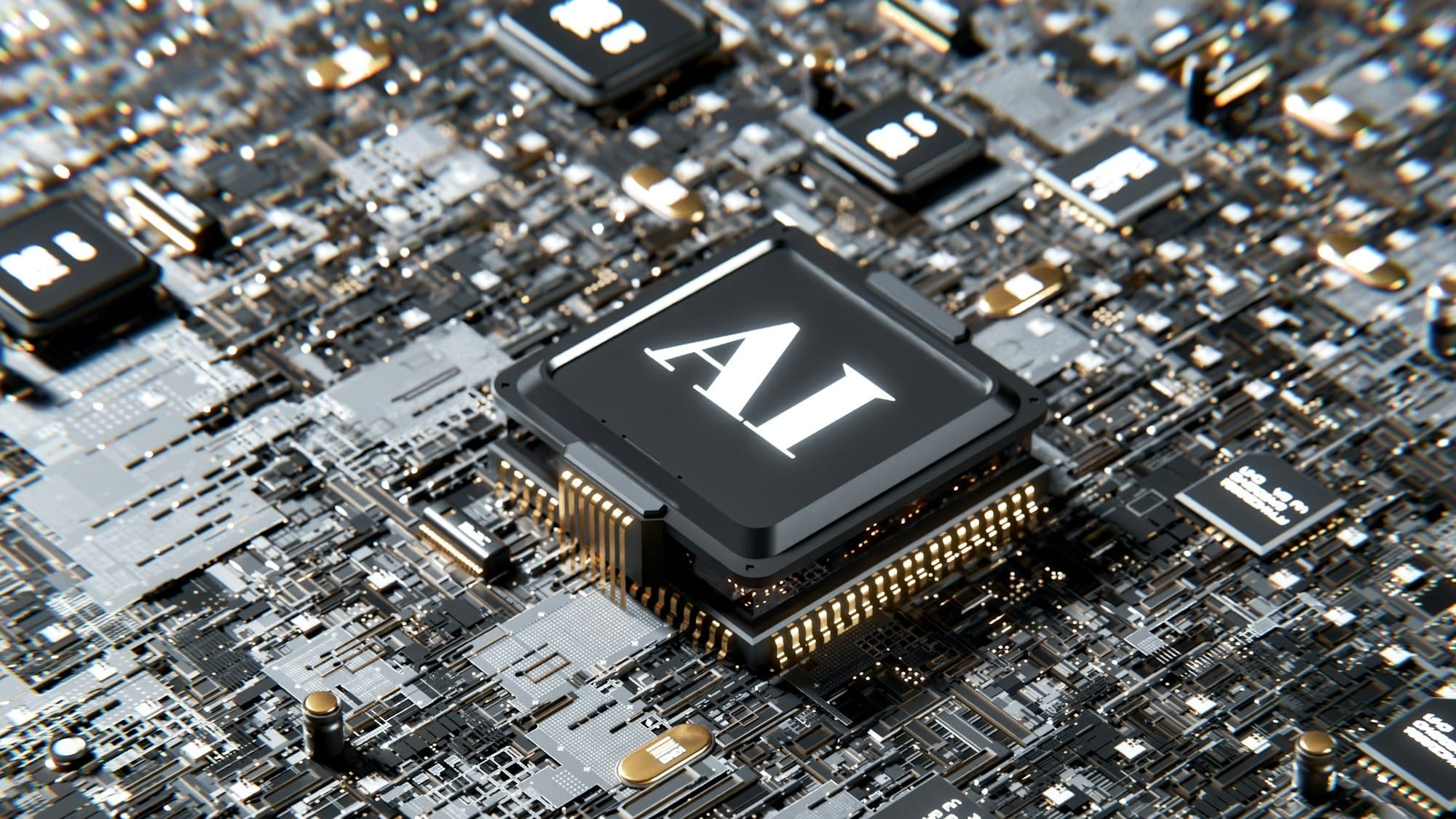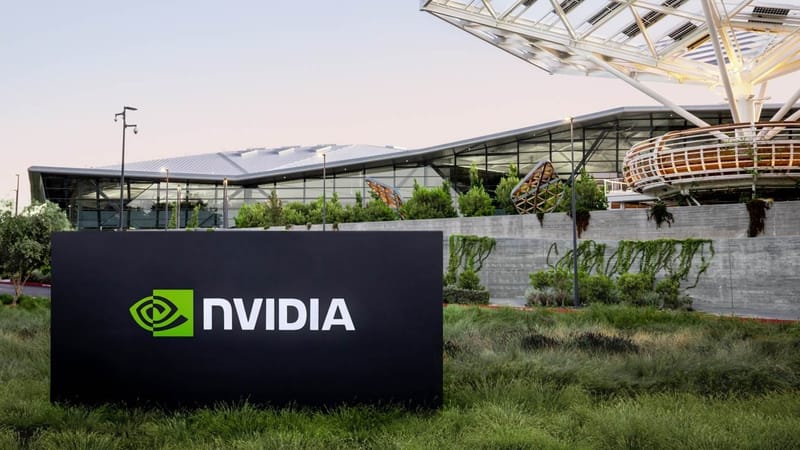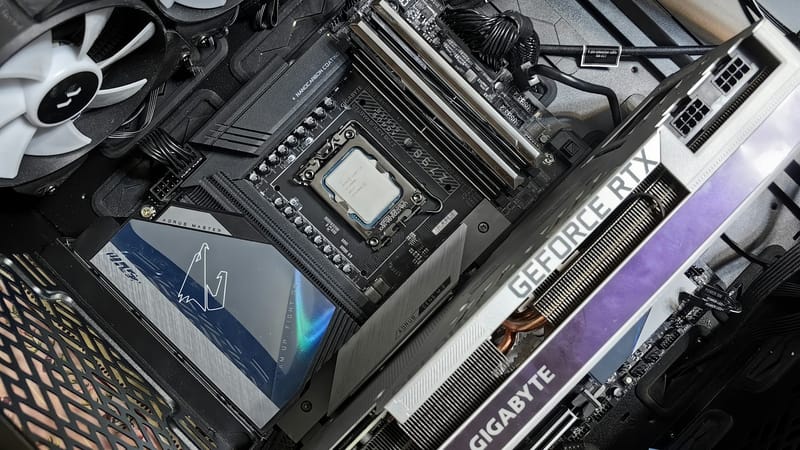Why Everyone Suddenly Wants to Be in the GPU Business
As tech giants race to secure AI compute, companies like Lambda are quietly becoming indispensable.. whether they can scale or not.
The next great cloud war isn’t being fought over apps, ads, or algorithms. It’s about chips. More specifically, who controls access to the thousands of high-performance GPUs needed to power the new generation of artificial intelligence.
On Monday, Lambda—a startup once better known for selling prebuilt AI rigs—announced a sprawling infrastructure deal with Microsoft to deploy tens of thousands of NVIDIA GPUs across its cloud. Neither side disclosed the dollar value, but the scale alone places it in the league of multi-billion-dollar agreements. The deployment includes NVIDIA’s GB300 NVL72 systems, AI-optimised supercomputing clusters that only started shipping this year.
The announcement came within hours of Microsoft revealing a separate $9.7 billion deal with IREN, an Australian data centre provider, to expand AI infrastructure capacity. Meanwhile, OpenAI made waves with a $38 billion contract to buy compute from AWS, and reports suggest it’s also inked a separate $300 billion agreement with Oracle. The pace and scale are dizzying—and suddenly, Lambda is part of that high-stakes crowd.
The hardware scramble
Lambda has been in the business for over a decade, long before most investors cared about training models or lining up GPU clusters. But what was once a niche player in developer workstations is now at the center of a generational land grab. Demand for compute is so intense that companies are hoarding access to GPUs the way others once stockpiled PPE or lithium.
Lambda’s long-standing relationship with Microsoft—now apparently supercharged - suggests that hyperscalers are diversifying their supply chains. The days of building everything in-house may be over. Instead, the new AI playbook looks more like: outsource where you can, secure every chip you can find, and form alliances with infrastructure specialists, even if they were relatively obscure just 18 months ago.
For Microsoft, the motivation is clear. Its own data centres are facing unprecedented strain as AI demand eats up bandwidth, energy, and floor space. Bringing in Lambda could be a way to scale faster than internal teams can manage alone. But it’s also a risk: Lambda is still a startup, albeit one with $1.7 billion in funding and years of industry credibility. Whether it can consistently deliver at Microsoft’s scale remains to be seen.
Infrastructure or narrative?
What’s also notable is the timing—and the optics. With cloud providers now locked in a public battle over who’s winning the AI race, deals like this double as strategic messaging. They’re not just about compute. They’re about signalling dominance to the market.
But unlike AWS or Microsoft, Lambda can’t point to rows of billion-dollar data centres or massive energy buildouts. It’s unclear how much of this new capacity Lambda will directly operate, or whether it will act as a middle layer between NVIDIA’s supply and Microsoft’s deployment. The language in the announcement is vague, and the numbers—while big—are short on detail.
Reality check
Behind the headlines is a more complicated story. The GPU market remains heavily bottlenecked. NVIDIA continues to dominate, but production of high-end AI chips is constrained by manufacturing limits, export controls, and skyrocketing demand. Companies like Lambda might be well-positioned, but they’re also dependent on supply chains they don’t fully control.
At the same time, the value of these deals depends not just on chips delivered, but on chips actually used. Building the infrastructure is one thing. Maintaining it, optimising it, and turning it into sustained revenue is another. Microsoft may be hedging its bets by working with Lambda—but it’s also spreading risk across a patchwork of vendors and partners.
Lambda’s moment in the AI spotlight is real. But it also comes with pressure. In a market that moves this fast, the difference between a strategic partner and a bottleneck can flip in a quarter. And in the GPU economy, even the best alliances are only as good as the next shipment.







